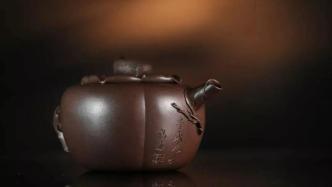
Every pot is a good talk, every pot is a good story. Zisha is a unique craft type in China. Zisha utensils are the best among tea utensils, and literati Zisha is also the pearl of Zisha. On August 7, the "Literary Craftsmanship Utensils Carrying the Fragrance of Tea—A Special Exhibition of Ancient and Modern Famous Purple Clay Pots by Literati" was launched at the China Tea Museum. The special exhibition focuses on literati Zisha, displaying the classic works of famous literati Zisha from the late Ming and early Qing dynasties to the present 400 years at their peak, including the pinnacle works of literati Zisha such as Shi Dabin, Chen Mingyuan, Chen Mansheng, Yu Chengyao, and Gu Jingzhou.

exhibition site

exhibition site
Purple clay, a unique craft in China, is known as "purple jade gold sand" and is the leader in tea utensils. Literati Zisha refers to the Zisha utensils made by literati. The literati made paper out of blanks, used engravings to write on them, and engraved inscriptions on purple sand pottery to convey the meaning of the objects. They used poems, calligraphy, paintings, and seals to express their personal philosophical thinking, literary accomplishment, artistic aesthetics, and life tastes in the form of poems, calligraphy, paintings, and seals. It is expressed on purple clay utensils, thus forming the unique cultural phenomenon of "literati purple clay".
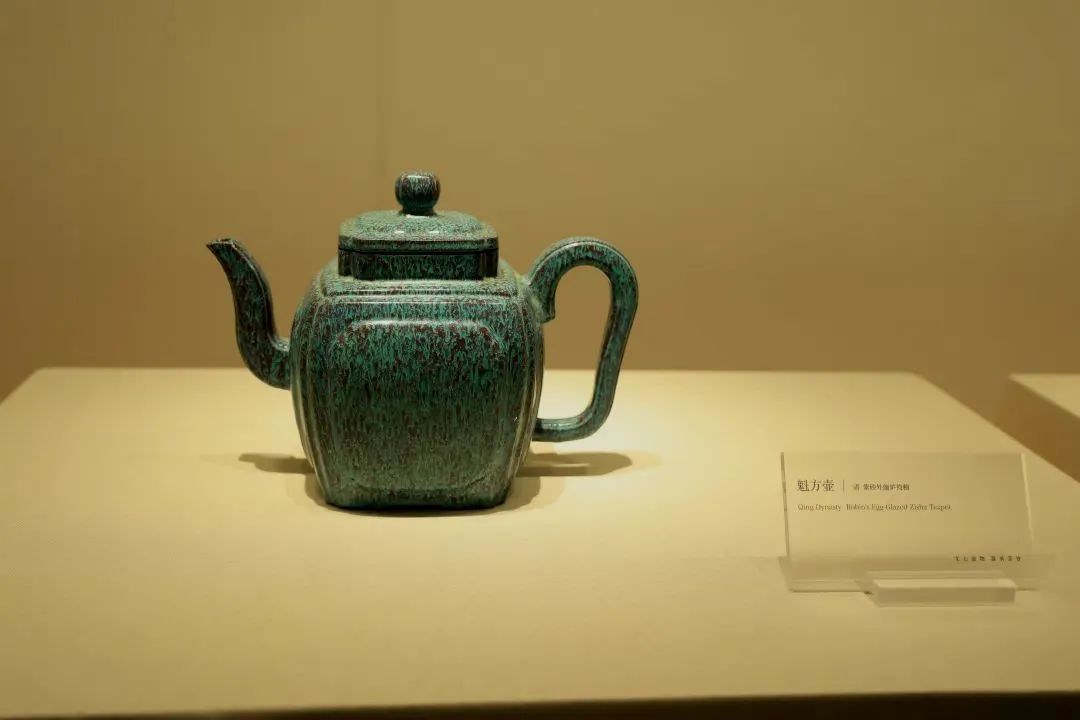
exhibition site
The exhibition focuses on literati Zisha, highlighting more than 100 classic works by famous artists in various peak periods from the late Ming and early Qing dynasties to the present 400 years. Most of them are orderly inherited and original works from important exhibitions at home and abroad, including Chen Mingyuan, Chen Mansheng, Yu Cheng The pinnacle works of Zisha by literati such as Yao Yao and Gu Jingzhou. The exhibition is divided into three units. The first unit is about the literati interest in Yixing purple clay; the second unit is about the treasure of Zhejiang literati purple clay - Yucheng kiln; the third unit is about the modern and contemporary inheritance of literati purple clay.

A three-legged Ruyi pot made by Dabin in the Ming Dynasty
Tea utensils are the carrier of tea culture. "Utensils carry the fragrance of tea" refers to the special importance of utensils to tea. Wen Zhenheng, a man of the Ming Dynasty, commented in "Changwu Zhi": "The teapot is made of sand, and the lid neither takes away the fragrance nor the smell of cooked soup." Purple clay ware has the characteristics of improving fragrance and gathering fragrance. Using purple clay utensils to make tea will make the tea more aromatic and leave the lingering fragrance longer.

Qing Dynasty Chen Mingyuan Mr. Zishi's first model squirrel persimmon pot
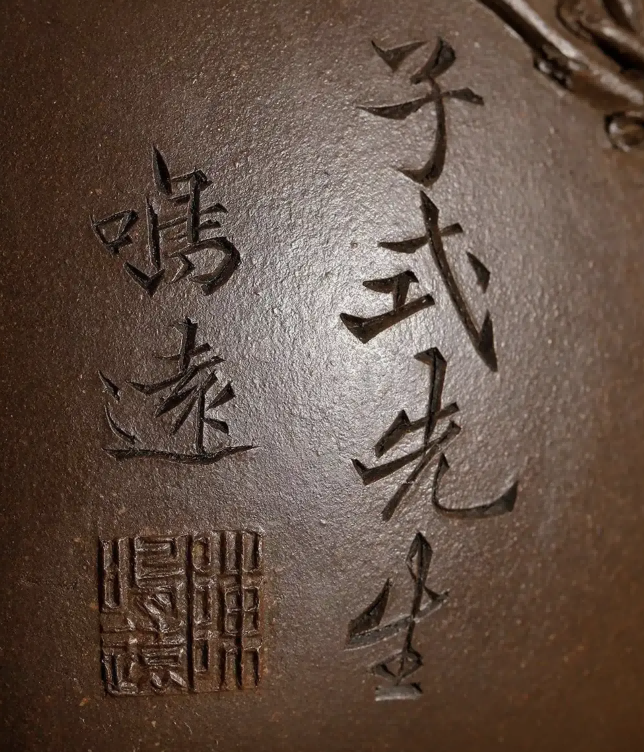
Qing Dynasty Chen Mingyuan Mr. Zishi's first model squirrel persimmon pot
The history of purple sand pot making can be traced back to the Zhengde period of the Ming Dynasty, while the literati purple clay sprouted in the early Qing Dynasty. The pioneer was Chen Mingyuan in the Kangyong period. Chen Mingyuan was born in a Yixing Zisha family and is the most comprehensive and proficient master in the history of Zisha. He led a group of artists to venture into the world of purple sand, combining craftsmanship with the art of calligraphy and painting.
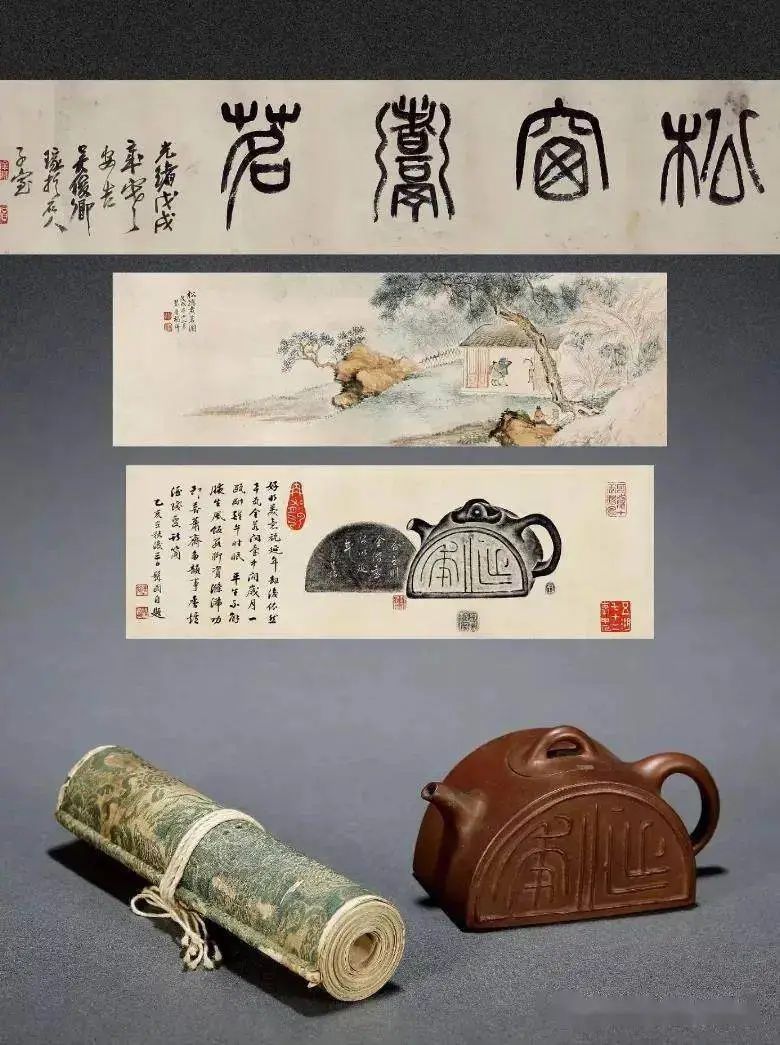
A half-tiled Aman Tuo chamber style teapot carved by Chen Mansheng and made by Yang Pengnian from the Pan family collection in Suzhou, Qing Dynasty (exhibit in this special exhibition)
During the Qianjia period of the Qing Dynasty, the style of purple sand among literati began to become popular. The leading figure in this period was Chen Hongshou (alias Mansheng) from Hangzhou. Chen Mansheng, one of the "Eight Masters of Xiling", is famous for his calligraphy and seal carving. He is good at poetry, calligraphy, painting and sealing. He likes pot art and is most famous for his design of purple clay pots. He is the most famous person in the history of the development of purple clay in China after Gongchun, Shi Dabin and Chen Mingyuan. A landmark figure. He collaborated with Yang Pengnian to create the original "Mansheng Eighteen Styles", which perfectly integrated epigraphy, calligraphy, painting, poetry and pot-making craftsmanship to form a unique purple clay art style, creating the second peak of literati purple clay and leaving behind a legacy Many masterpieces handed down from generation to generation.
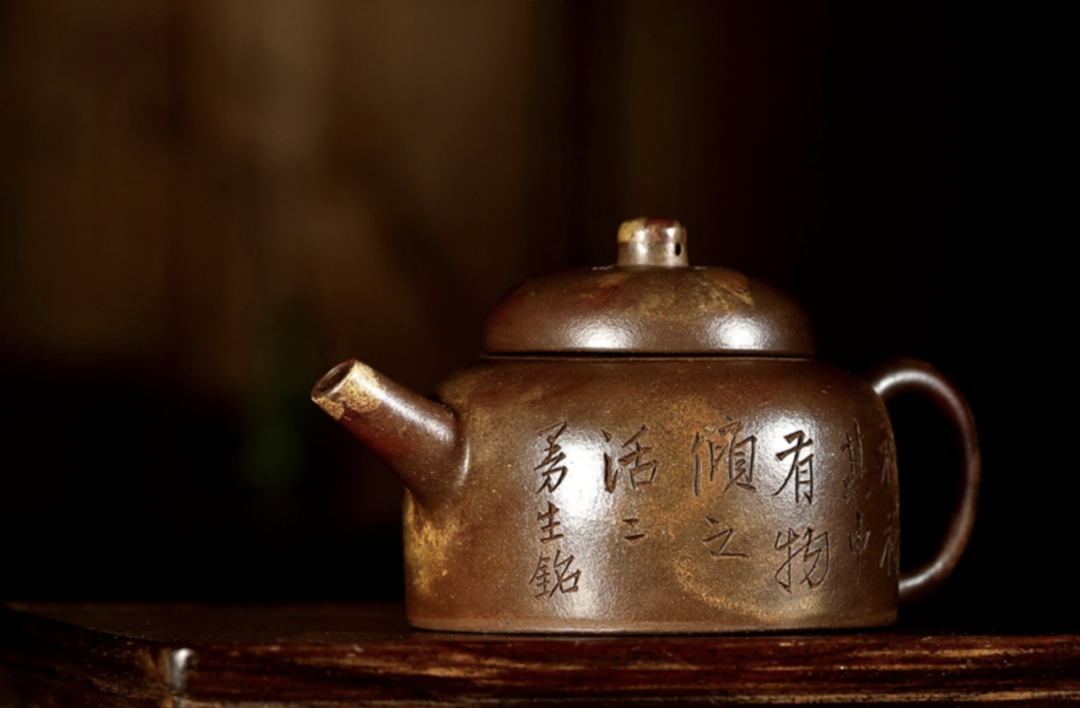
Qing Dynasty Gong Xinzhao old collection Yang Pengnian, Chen Mansheng carved Xiang Heng model Bai Nie teapot
After Chen Mansheng, Qu Ziye (Shanghai), Zhu Shimei (Shaoxing) and others continued Mansheng's legacy, and their representative works of literati pots such as "Ziye Stone Ladle" were also praised by later generations.
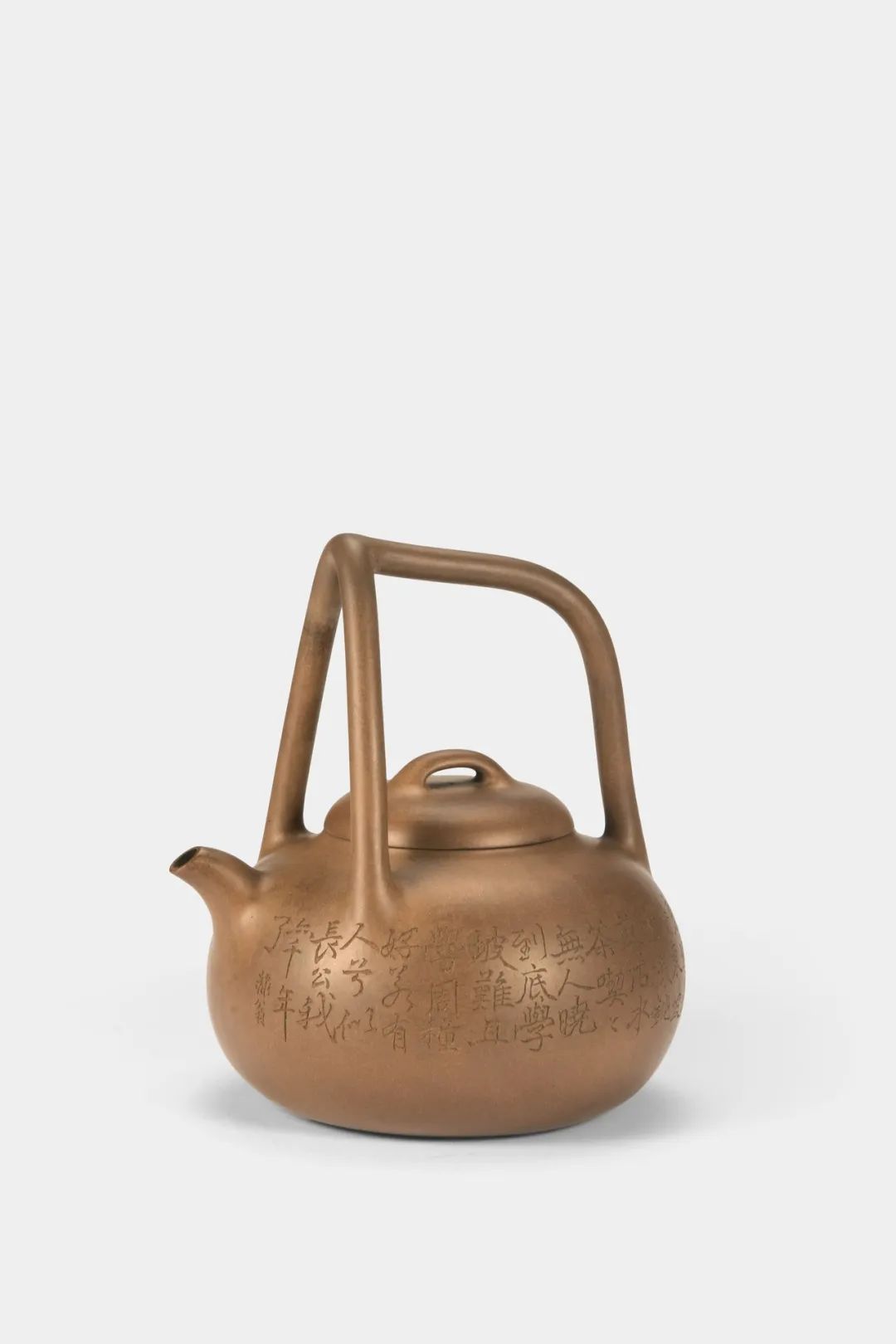
Qing Dynasty jade kiln made by He Xinzhou and carved with plum tone tripod and three-pronged beam teapot (exhibits in this special exhibition)
The Yucheng Kiln in Ningbo, Zhejiang Province is the representative of purple clay among literati in the late Qing Dynasty and occupies an extremely important position in the history of Chinese purple clay culture. Yucheng Kiln was founded in the Guangxu period of the Qing Dynasty. The kiln is located in Cicheng, a thousand-year-old town in Ningbo, Zhejiang. Yucheng Kiln is not only a literati purple clay kiln, but also generally refers to a cultural and artistic group led by literati, calligraphers, calligraphers, and calligraphers from the south of the Yangtze River, with famous pot makers, pottery carving masters, etc. participating in the creation of purple clay. Its core figure is from Ningbo. Calligrapher and poet Mei Tiaoding. Mei Tiao Ding convened calligraphy and painting masters Ren Bonian, Xu Gu, Hu Gongshou, Xu Sangeng, Chen Shannong, and famous pot makers He Xinzhou, Wang Dongshi, etc. to participate in the design and production of literati purple sand.
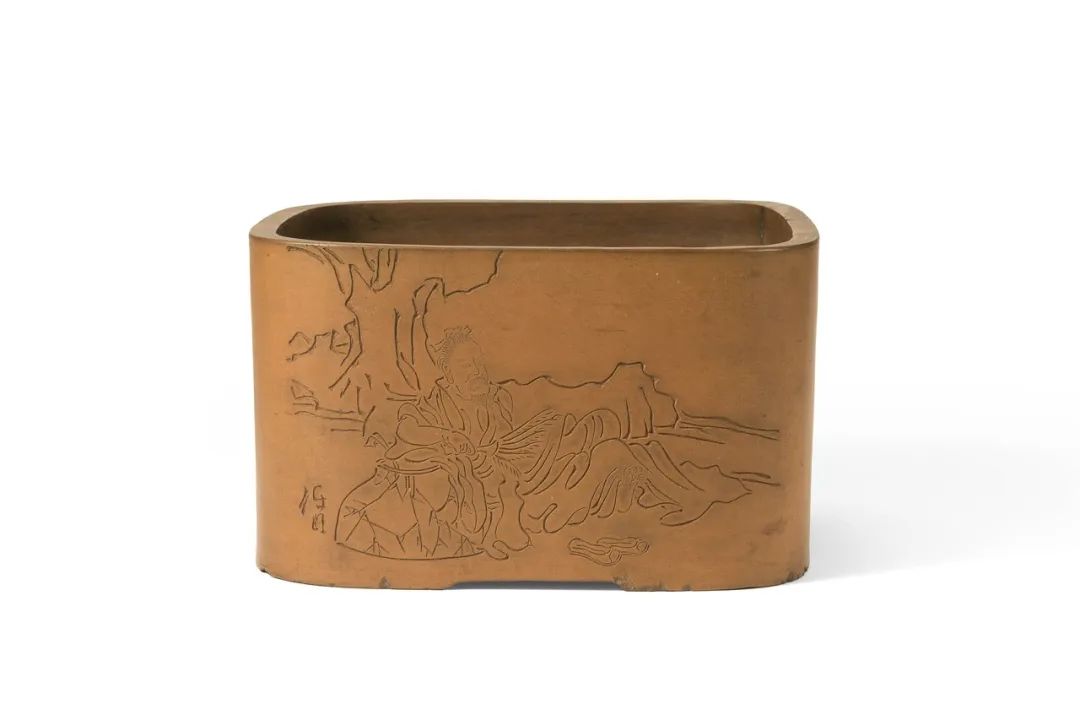
Qing Dynasty jade kiln Renyi style high-ranking official enjoying the cool night with a clear square basin (exhibit in this special exhibition)
The greatest contribution of Yucheng Kiln is to expand purple clay into humanistic space and living space, facing both the world of literati and the people; not only pots, but also inkstones, brush washers, water bowls, pen holders, flower pots, vases, and qing dynasties. wait. Yucheng kiln literati purple sand inherits the legacy of Mansheng, creates a new trend, and creates the third peak of literati purple sand.
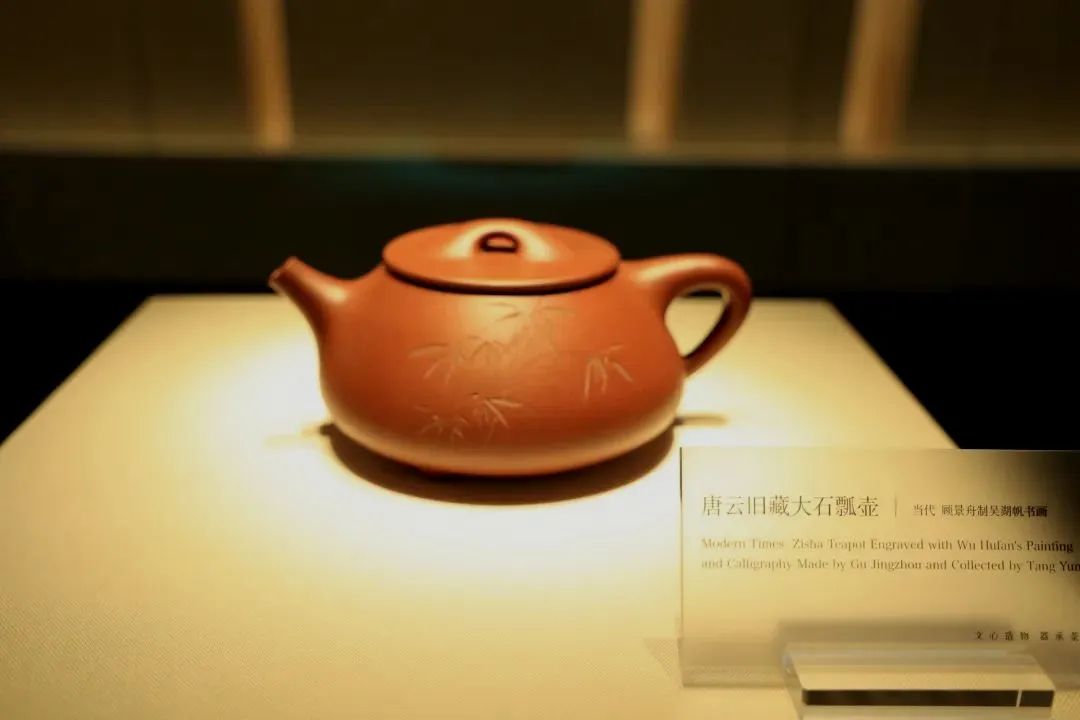
A large stone ladle pot from Tang Yun's collection
Zisha, a contemporary literati led by Tang Yun, a famous Shanghai-style painter and native of Hangzhou, ranks at the fourth peak, and its trend continues to develop to this day. Tang Yun, Wu Hufan, Jiang Hanting, Cheng Shifa, Xie Zhiliu and others participated in the creation of calligraphy and painting on purple sand pots. The styles were varied and unique by pot makers such as Shen Juechu and Xu Xiaomu.

A purple clay ladle teapot carved by Qu Ziye and father of Gongye, collected by Yun in the Qing and Tang Dynasties.
Gu Jingzhou, the "master of pot art", has also collaborated with contemporary literati many times, leaving behind many fine works. The literati pots he collaborated with Fan Zeng and Han Meilin have repeatedly achieved sky-high auction prices. To this day, Tang Yun's students, Tong Yanfang, vice president of Xiling Seal Society, and others are still exploring and moving forward on the road of literati Zisha.

Contemporary Gu Jingzhou made this teapot with calligraphy and painting by Han Meilin (exhibit in this special exhibition)
"Every pot is a good talk, and every pot is a good story." Curator Shen Peng said that no matter how the literati pot shape changes, the knowledge, interests, emotions and excitement of the companion tea fragrance will continue to be projected to Shasha. In the artistic creation of pots, purple sand will definitely represent Jiangnan culture and oriental art, and will always stand out in the world of art.
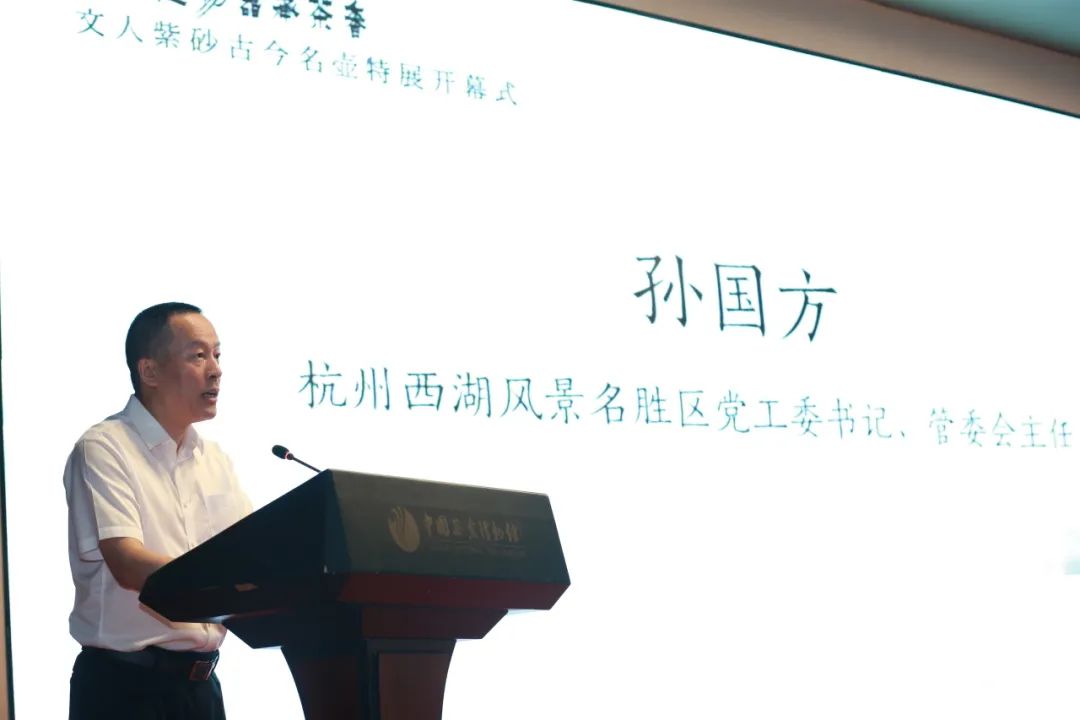
Sun Guofang, Secretary of the Party Working Committee and Director of the Management Committee of Hangzhou West Lake Scenic Area, spoke at the opening ceremony

Tong Yanfang, vice president of Xiling Seal Society and academic director of this special exhibition, delivered a speech
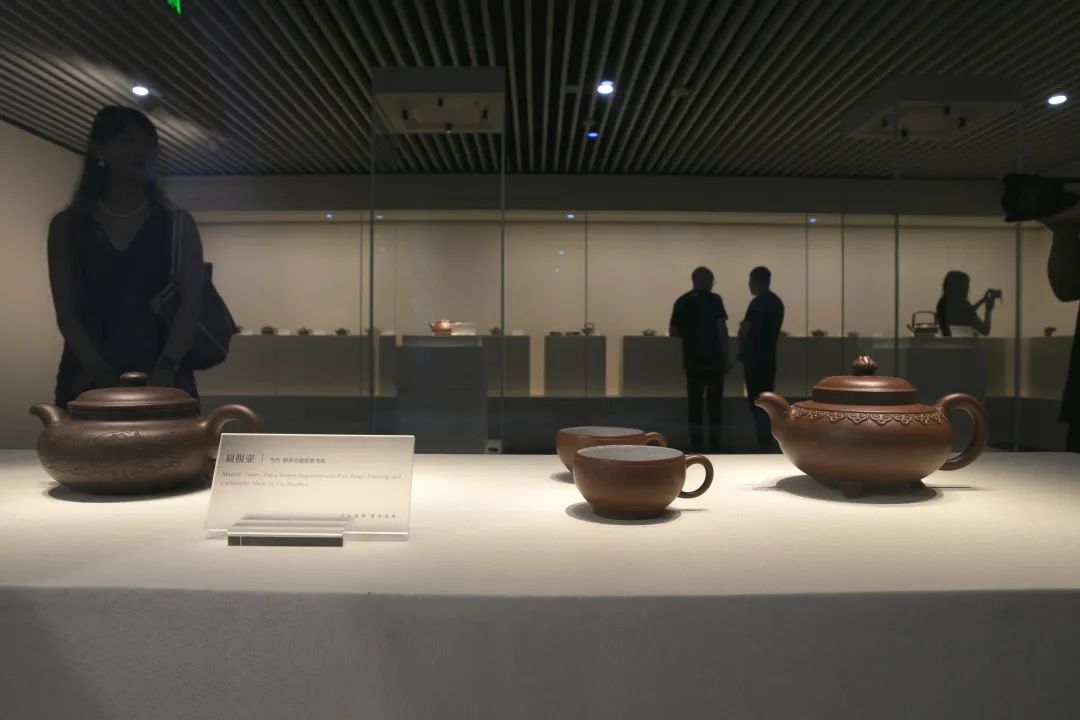
exhibition site
The exhibition will last until September 7.
(This article is comprehensively compiled based on the content of China Tea Museum, Zhejiang Daily, etc.)
